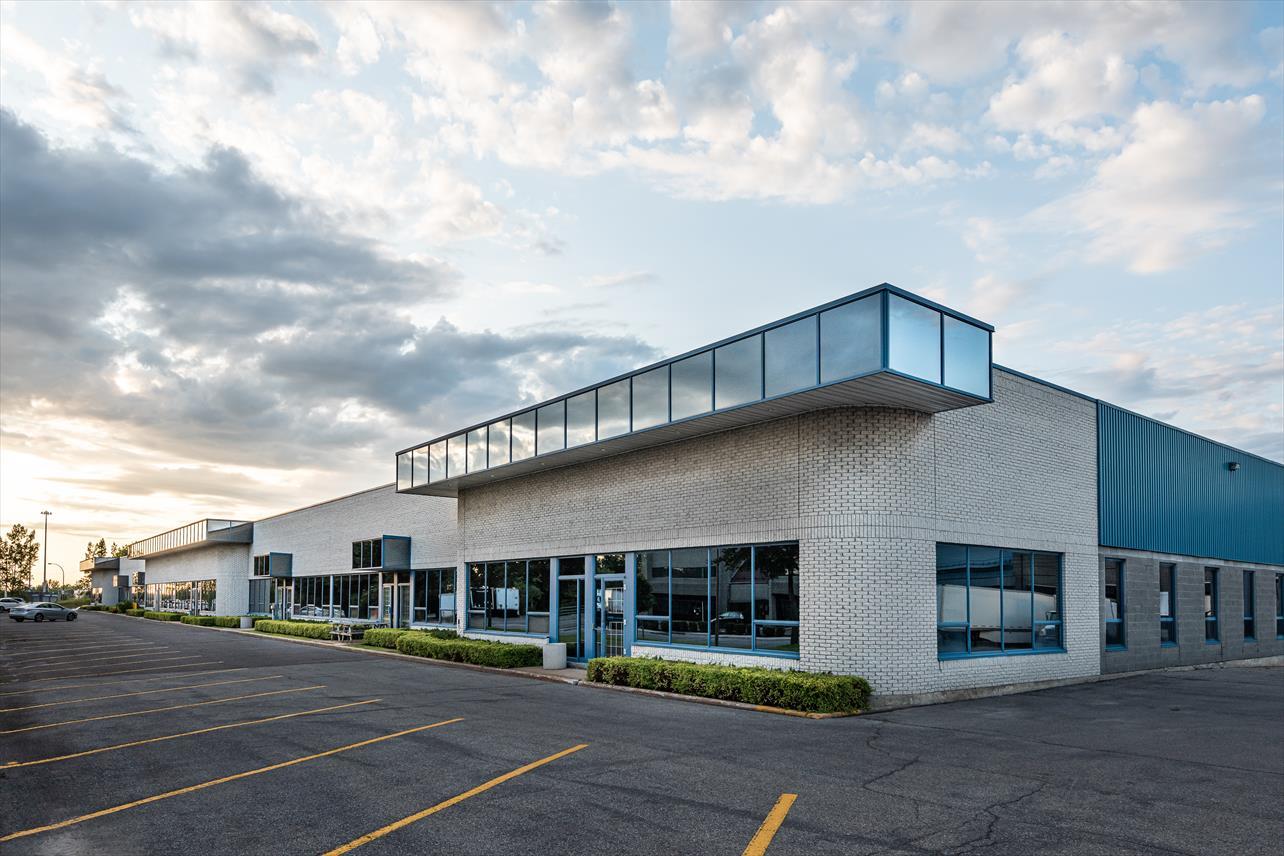From the past to the present, the visual coherence and aesthetic stance of buildings have always been crucial, making exterior designs always stand out. Especially with the increase in urban renewal projects today, they have become even more prominent.
Architectural design elements such as balance, rhythm, and hierarchy have become important topics in the construction sector. Providing buildings with a different effect and appearance from various angles enhances their value. Therefore, construction companies strive to give their structures a unique and dynamic design.
In arranging the relationship between interior and exterior spaces of architectural structures, exterior building designs are crucial. Horizontal and vertical building materials to be applied play an influential role in giving constructions a unique and dynamic design. Building materials should meet all the needs of the structures while also providing an aesthetic appearance. Therefore, when deciding on the design of the building's facade, the functionality and aesthetics of the building materials should be evaluated as a whole.
How Are Exterior Designs Done and Should They Be?
When designing the exterior facade of buildings, many criteria come into play, necessitating careful planning. The building's purpose, environmental conditions, climate, interior design, allocated budget, customer demands, and preferred building materials all influence the design decisions. Considering all these criteria collectively, 3D modeling is employed. Through 3D modeling and visualizations, decisions regarding the facade design are made collaboratively with the client. It's essential that 3D modeling is carried out by experts who have a detailed understanding of how each criterion will impact the design.
It's crucial to first clearly define the customer's expectations.
When construction firms aim to give their buildings unique and dynamic designs, it's crucial for them to articulate their expectations effectively. In describing their expectations, they should seek ideas and support from expert professional teams in the field. Exterior facade designs are classified into five categories, each of which holds its own significance in determining the design approach:
- Blind Facade Design
- Parametric Facade Design
- Modern Facade Design
- Front Facade Design
- Classic Facade Design
The selection of building materials for the design of the facade should be evaluated comprehensively in terms of quality, functionality, and aesthetics. A design plan with longevity in mind should be envisaged, considering all environmental conditions, and decisions about both horizontal and vertical building materials should be made accordingly. It's essential to impart a distinctive character and personality to the structure, ensuring that elements such as shading, reliefs, and application styles harmonize with each other. While enhancing visual appeal, attention should also be paid to selecting materials that offer durability.
When choosing building materials such as insulation, paint, ceramic, aluminum, natural stone, wood, composite, sandwich panel, marble, and composite materials for the facade design, it's crucial to carefully evaluate their functional properties. This requires consulting with an expert who possesses detailed knowledge about the characteristics of these materials to determine whether they meet the expectations.

Environmental conditions should be taken into account when deciding how to design the facades of buildings. Observing the socio-cultural conditions of the architectural structure's location is essential. The selection of materials should aim to mitigate the effects of environmental noise and provide a solution for blocking disturbing sounds. A good sound insulation system prevents external noises from being heard inside homes. While every material may not offer excellent sound isolation while providing aesthetic appeal, the evaluation should consider cost, aesthetics, and functionality as a whole.
The location of the building and the climatic conditions of its surroundings are crucial factors in making design decisions. Planning with durable materials that can serve as a good defense wall against all weather conditions based on its location is essential. It's not enough to decide on a material that meets expectations in terms of cost and aesthetics alone. Planning with a material that exhibits durability when exposed to harsh weather conditions is a critical criterion.
Designing with materials resistant to water, moisture, and humidity levels is necessary to ensure longevity. Using materials that prevent heat and energy loss is a parameter that enhances the value of the building.
Having exterior facades of buildings with stain-resistant technology, retaining their color for many years, and applying materials resistant to sunlight are essential parameters for the long-term preservation of building designs. Buildings that still appear new from the outside increase their value.
At Demah Design, we offer high-quality architectural services to the construction sector. In our exterior building facade design services, we evaluate all criteria comprehensively. After evaluating all criteria from A to Z, we provide alternative design services through 3D Modeling. We are committed to meeting our client's expectations with our modeling efforts.
With the awareness that functionality is as crucial as visual appeal in architectural services, we provide our technical and coordination skills with our artistic architectural design team at the highest quality. Developing ourselves with today's trend designs is essential for us. Our projects demonstrate our commitment to functionality in addition to visual appeal.